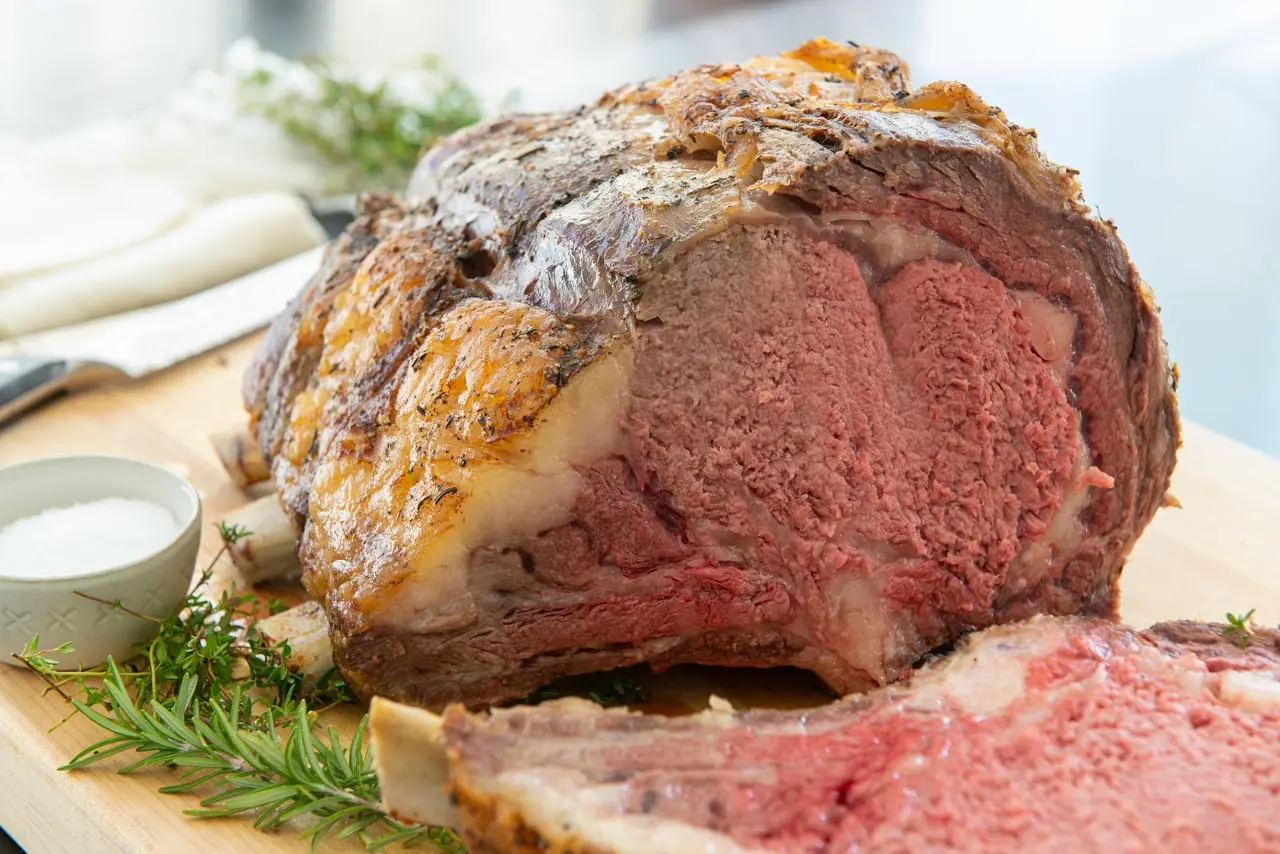Prime rib is a truly decadent and delicious cut of beef that is often reserved for special occasions like Christmas and other holidays. It is known for its tenderness, marbling, and incredible flavor. One of the best ways to prepare prime rib is through slow smoking, which results in a beautifully cooked roast with a flavorful crust. In this guide, we will explore the art of slow smoking prime rib, from the preparation to the cooking process and everything in between.
Why Slow Smoking?
Slow smoking is a cooking method that involves cooking meat at a low temperature for an extended period of time. This technique allows the meat to cook evenly and develop a rich and smoky flavor. When it comes to prime rib, slow smoking is the perfect way to enhance its natural flavors and create a tender and succulent roast.
Preparing the Prime Rib
Before you start smoking your prime rib, it's important to properly prepare the meat. Begin by salting the roast 24 hours ahead of time. This will allow the salt to penetrate the meat and enhance its flavor. Rub the roast with a mixture of black pepper and herbs, such as fresh rosemary and thyme, to add extra depth of flavor. Let the seasoned roast sit in the refrigerator, uncovered, for ideally 24 hours, to allow the exterior moisture to dry out and encourage browning.
The Slow Smoking Process
Start by preheating your smoker to a temperature of 225 to 250 degrees Fahrenheit. Place the prime rib in the smoker, with the fat cap facing up. Cook the roast at this low temperature for approximately 5 hours, or until it reaches an internal temperature of 120 degrees Fahrenheit. This will give you a medium-rare roast with a perfectly cooked interior. Remember to use a meat thermometer to ensure accuracy.
Resting the Roast
After the slow smoking process, it's important to let the prime rib rest for at least 30 minutes. This allows the juices to redistribute throughout the meat and ensures a moist and tender roast. Resting the roast also makes it easier to slice without losing any of the flavorful juices.
Finishing Touch: Browning the Exterior
Once the roast has rested, it's time to give it a final blast of heat to brown the exterior and create a flavorful crust. Preheat your oven to a high temperature of 500 to 550 degrees Fahrenheit. Place the roast in the hot oven for approximately 5 minutes, or until it is thoroughly browned on the outside. This step adds an extra layer of flavor and texture to the prime rib.
Serving and Enjoying
After the prime rib has been browned, it is ready to be sliced and served. You can choose to remove the bones before slicing, or leave them intact for a more dramatic presentation. The slow smoked prime rib can be enjoyed immediately, while still hot and sizzling from the oven. Serve it with your favorite side dishes, such as creamy Potato Gratin or Maple Glazed Carrots, to complete the meal.
- Is it better to smoke prime rib at 225 or 250 degrees?
- How long to cook a prime rib at 250 degrees?
The ideal temperature for smoking prime rib is between 225 and 250 degrees Fahrenheit. This low and slow cooking method allows the meat to cook evenly and develop a rich and smoky flavor.
At a temperature of 250 degrees Fahrenheit, it will take approximately 5 hours to cook a prime rib to medium-rare. However, it's important to use a meat thermometer to ensure the roast reaches an internal temperature of 120 degrees Fahrenheit.
Slow smoked prime rib is a show-stopping centerpiece for any special occasion. By following this guide, you can create a perfectly cooked and flavorful prime rib that will impress your guests and leave them wanting more. So fire up your smoker, season your prime rib, and get ready to enjoy a truly unforgettable meal.
If you want to know other articles similar to The ultimate guide to slow smoked prime rib you can visit the Food category.


Related Articles